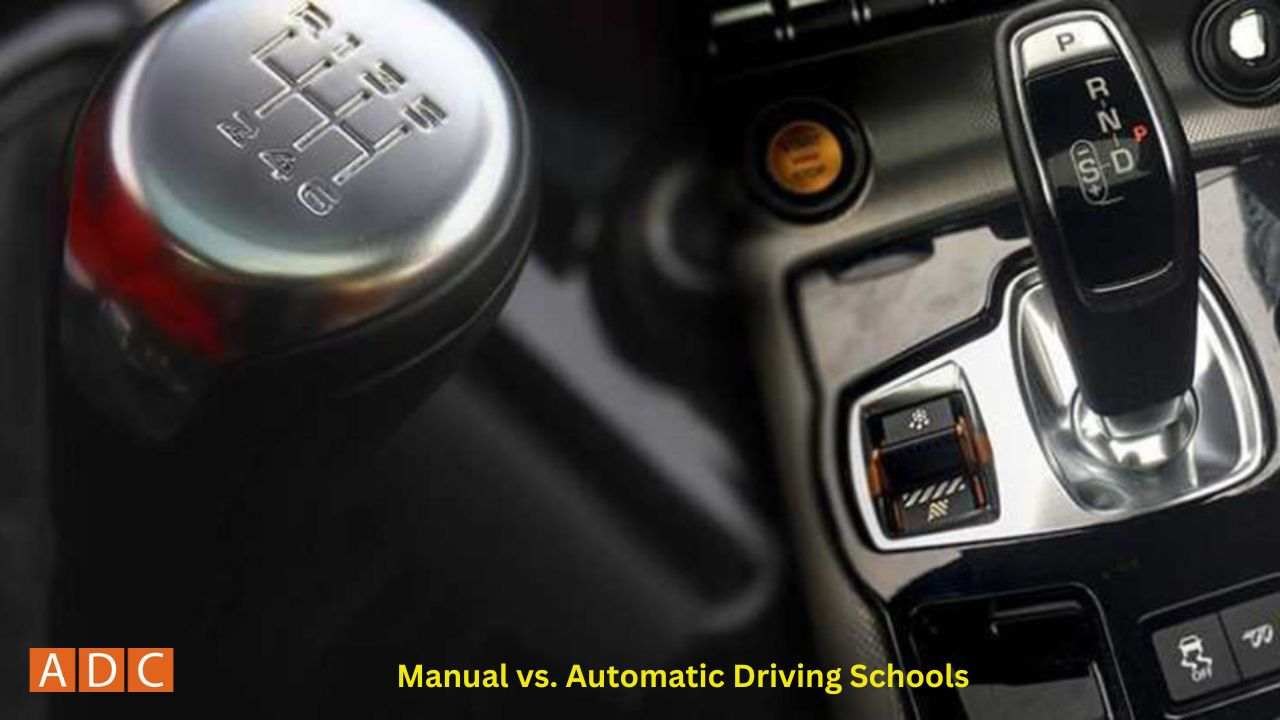
When choosing a driving school, one of the key decisions you’ll need to make is whether to learn to drive a manual or an automatic transmission vehicle. Both options have their advantages and specific considerations. This article will explore the differences between manual and automatic driving schools to help you make an informed choice that best suits your needs.
Understanding Manual and Automatic Transmissions
Manual Transmission: A manual car requires the driver to manually shift gears using a clutch pedal and gear stick. This type of transmission provides a greater level of control over the vehicle’s performance. It’s often favored by driving enthusiasts and those who appreciate the hands-on driving experience.
Automatic Transmission: An automatic car shifts gears automatically, eliminating the need for the driver to operate a clutch or manually change gears. This type of transmission is typically easier to use and is ideal for city driving and stop-and-go traffic.
Benefits of Learning to Drive a Manual Car
- Enhanced Control: Manual transmissions give drivers more control over their vehicle’s performance. This can be particularly advantageous in challenging driving conditions such as snowy or hilly terrain.
- Improved Fuel Efficiency: Manual cars often have better fuel efficiency compared to their automatic counterparts. By manually shifting gears, drivers can optimize fuel consumption.
- Cost-Effective: Vehicles with manual transmissions are generally less expensive to purchase and maintain than automatics. This can be a significant benefit if you’re looking for a budget-friendly option.
- Driving Skills Development: Learning to drive a manual car can improve your overall driving skills. It requires more coordination and focus, which can make you a more attentive and skilled driver.
Benefits of Learning to Drive an Automatic Car
- Ease of Use: Automatic transmissions are easier to operate, especially for new drivers. You don’t need to worry about clutch control or gear shifting, which can make learning to drive less stressful.
- Convenience in Traffic: Automatic cars are particularly advantageous in heavy traffic conditions. You won’t need to constantly shift gears, which can reduce driver fatigue.
- Wider Availability: Many modern cars come with automatic transmissions as standard, which means that learning to drive an automatic might be more relevant to the types of vehicles you encounter.
- Faster Learning Curve: For many learners, automatic transmissions are easier to master. This can mean a quicker path to becoming a confident driver.
Choosing the Right Driving School
When selecting a driving school, consider the following factors to ensure you make the best choice:
- Course Offerings: Verify whether the driving school offers lessons in manual, automatic, or both types of vehicles. Some schools specialize in one type, while others provide a range of options.
- Instructor Experience: Ensure that the instructors are experienced and certified. They should be able to guide you through the learning process effectively, regardless of the type of transmission.
- Vehicle Availability: Check the availability of the type of vehicle you prefer. Some schools may have a limited number of manual or automatic cars.
- Reputation and Reviews: Research the driving school’s reputation. Look for reviews and testimonials from past students to gauge the quality of instruction and overall experience.
- Pricing and Packages: Compare pricing and package options to find a driving school that fits your budget. Make sure the cost covers all necessary aspects of driving training.
Making Your Decision
Ultimately, the choice between manual and automatic driving schools depends on your personal preferences and driving needs. If you value control and efficiency and are willing to invest time in learning, a manual transmission might be the right choice. On the other hand, if you prefer convenience and ease of use, an automatic transmission may suit you better.
Consider your long-term driving goals and the type of driving you’ll be doing most frequently. By understanding the benefits of both types of transmissions and choosing a driving school that meets your needs, you’ll be well on your way to becoming a confident and capable driver.
Whether you opt for a manual or automatic driving school, the key is to receive quality instruction and practice diligently. With the right preparation, you’ll be ready to hit the road safely and confidently.